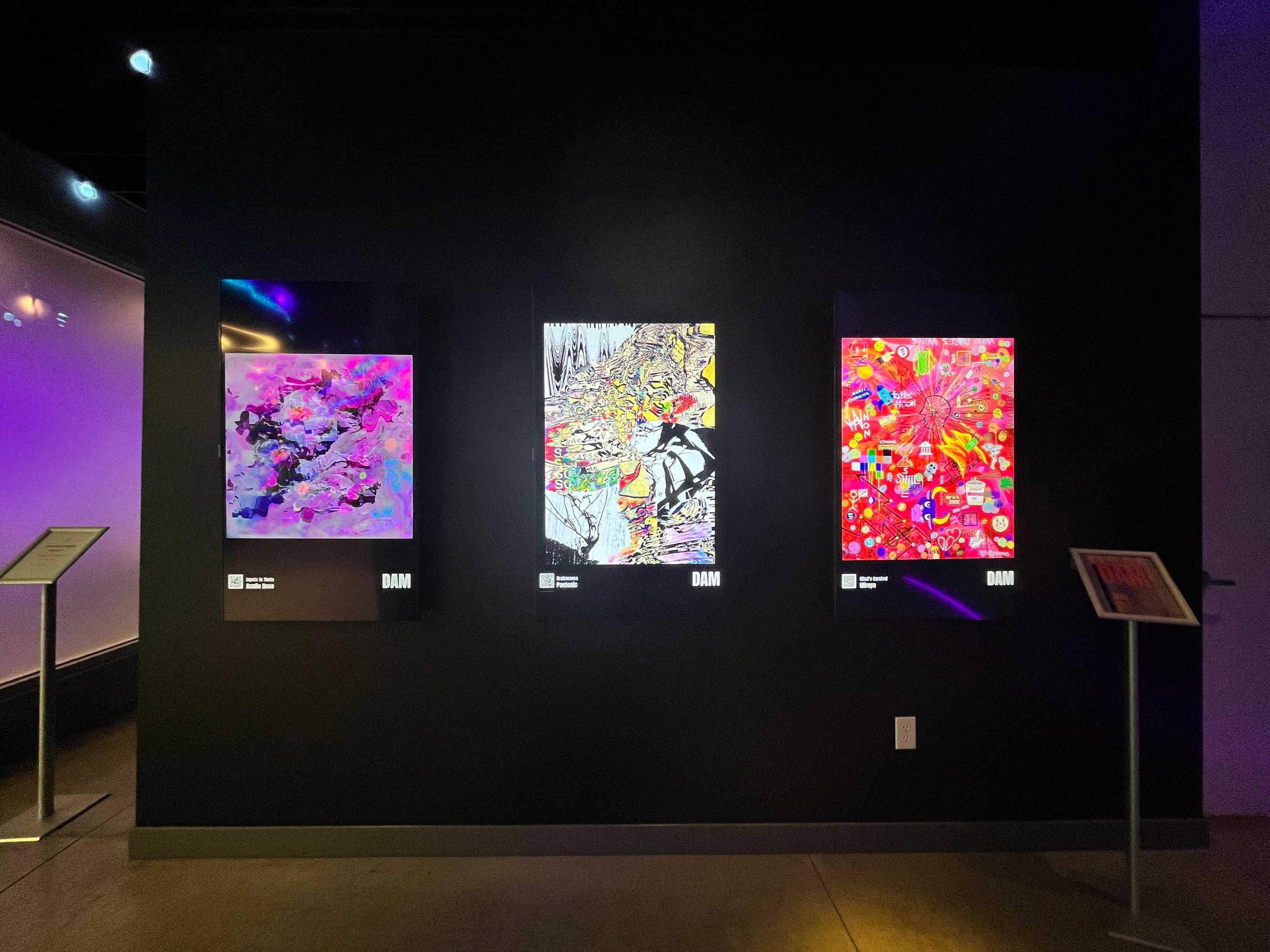Wiring Up
Well, Well. Long Time No See.
It’s about time I share a brief update on what’s been happening in the lab. Where to start? I’ve always been intrigued by the idea behind a popular paraphrase often attributed to Carl Jung: “One must do what he is most afraid of.” While this isn’t a direct quote from Jung’s published work, it captures a core idea he championed—facing one’s fears head-on.
Let’s rewind a bit. Middle school, high school, class presentations, and even physics exams used to send shivers down my spine. I was a D student, and my entire school experience felt like an endless nightmare. Even today, as I contemplate our technology-driven, sometimes dystopian future, I can’t help but feel a tinge of unease. The merging of man and machine? It’s as eerie as it sounds. And as an artist working mostly in physical format, the idea of my work being confined to TV screens can add to that sense of foreboding.
Brainwaves - JRNY Gallery, Las Vegas
Faced with these fears and doubts, I decided it was time to leave my comfort zone and plunge into new challenges. Perhaps there are larger fish—or maybe even sharks—waiting for me in deeper waters. Something about electricity and the generation of light and energy still held a mysterious allure. Instead of merely displaying my art on a screen, I began to wonder: should the screen become part of the art itself? Could my work run its own program, merging art and technology in a way that gave me more control over the digital world?
That idea struck me like lightning. It was time to transform—just as a snake sheds its old skin for a fresh start. I embarked on a steep learning curve, diving into the world of electronic circuits and Arduino boards. I spent weeks building circuits, experimenting with lights and OLED screens, learning how to solder (I’m still not very good at it), learning to program in C++, and turning to AI chatbots and insightful YouTube tutorials from dedicated Indian tech channels for daily guidance.
After countless test circuits and moments of “aha,” I felt ready to incorporate these elements into my collage work. The result? A piece with transhumanist undertones and a playful dash of eroticism, drawing inspiration from iconic elements like a 1930s French “Paris Magazine”. It didn’t just live on a screen—it housed the screen within itself.
Integrating the first circuit to a collage
Integrated I2C Screen
Circuit fixed on the backing
I’m beyond excited about what comes next. Future projects will feature even more sophisticated circuits, incorporating E10 light bulbs and enhanced animations on mini OLED screens. There’s still much to learn, but I’m confident that with time, this blend of art and technology will only deepen, offering new layers of expression and innovation. Let’s wire up!
30×30 cm minis in the works
“Play The Game”







